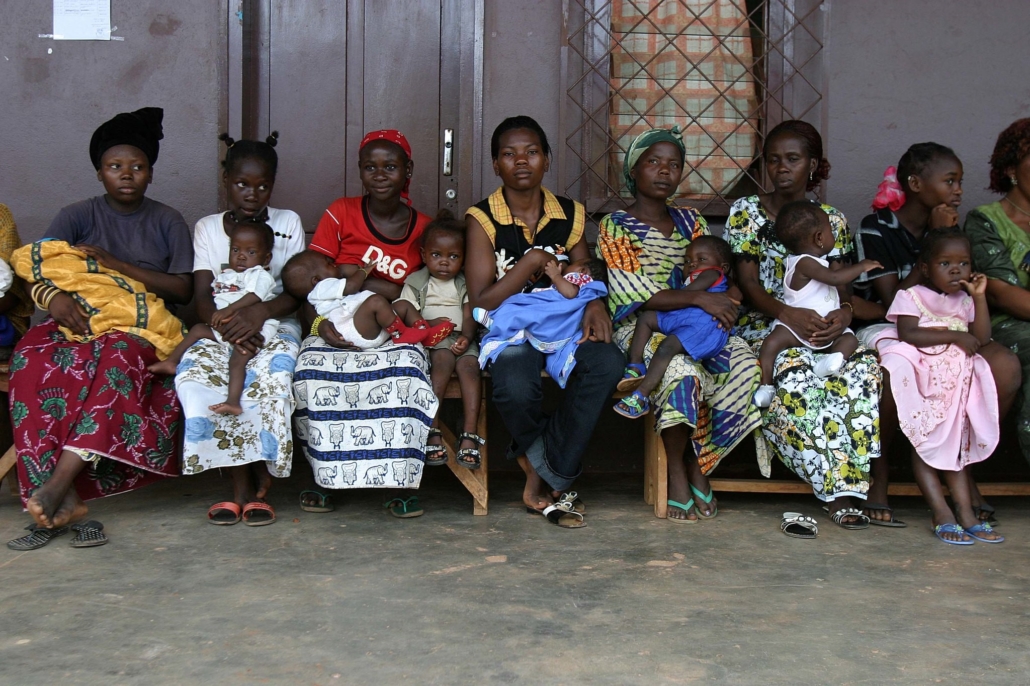No or Low-Power Refrigeration Inventions

A major issue in developing countries is preserving the effectiveness of vaccines to get them to people in rural areas. This is because of hot climates and the lack of refrigeration. Globally, 19.4 million infants are not adequately immunized and approximately 1.5 million children die annually from vaccine-preventable diseases. Lack of intermittent electricity not only makes transportation and storage of vaccines impossible but also makes constant refrigeration of perishable foods unattainable. This impacts not only consumers but also farmers who are unable to sell most of their products because they go bad during transit and storage. India grows 25 percent of global production but is only able to export 1.5 percent of its produce. Thirty-one percent of children under the age of 5 in developing countries are underweight due to malnourishment because they have no way of preserving the little food they have. However, there are a number of no or low-power refrigeration inventions that have been successful at providing refrigeration to rural areas, thereby improving overall health. Here are some no or low-power refrigeration inventions.
SureChill
People in hot, rural areas with little to no electricity, such as Africa, have limited access to vaccines. This is because vaccines require storage at a cool and constant temperature between 35.6 and 46.4 degrees Fahrenheit (2 to 8 degrees Celsius) in order to remain effective. Due to the temperature requirements, vaccines have traditionally only been available to a main village on a particular day during a month. However, people remote to that village cannot always get the vaccine on that particular day. Compared to urban areas, vaccination in rural areas is around 11 percent lower. This enables pandemics to spread quickly through an area, resulting in more victims and casualties.
SureChill is a refrigerator solely to preserve vaccines up to 14 days without power to help more people receive vaccinations. When it has power, the water in SureChill cools and creates ice right above the vaccine compartment. When it does not have power, the water evaporates as the ice melts, which keeps the vaccines at 39.2 degrees Fahrenheit (4 degrees Celsius).
Mitticool
Without refrigeration, the shelf life of food is around two days. Many rural areas do not have electricity, thus need an inexpensive method to preserve food for longer periods of time. The Mitticool fridge is made from terracotta clay which is better at retaining cold temperatures. It can store vegetables, fruit and dairy, and can cool water without any electricity or artificial energy. Like SureChill, it uses evaporation techniques. Condensation on the upper chambers (where it stores water) evaporates, cooling the inside. There is also a small faucet tap at the front lower end of the chamber for drinking.
Solar-Powered Refrigeration
Fridges can run on solar power rather than electricity. People usually use these fridges to transport vaccines but they can also store food. For example, Emily Cummins invented a device that can be made from ordinary materials like scrap metal, cardboard, sand, wool and soil. This device works by converting sunlight into energy that chills its storage compartment. Rather than using a motor to compress a refrigerant solution (like the ones in stores), solar fridges are absorptive, which means that they use thermal energy from sunlight to convert the refrigerant solution into liquid. This then produces energy that cools the items inside of the fridge. People are using solar fridges in Africa.
Thermal Chilling System
India’s Promethean Power Systems provides a modern thermal chilling system to chill dairy products. Indian dairy farmers were losing up to $13 billion annually due to a lack of refrigeration for perishables. To solve this problem, Promethean Power Systems developed a solar-powered milk chiller. Like other forms of solar-powered chilling techniques, it uses solar energy to power a 500-liter battery and cooling agent, which can chill up to 1,000 liters of milk. This has eradicated the Indian dairy farmer’s need for diesel, making it better for the environment while also more efficiently chilling milk and keeping it free of contaminants.
Initiatives
Some initiatives concerning no or low-power refrigeration are the Global LEAP Off-Grid Procurement Incentives Program and the Global LEAP Off-Grid Cold Chain Challenge. The former has received three orders to deploy 1,025 energy-efficient, off-grid appropriate refrigerators. Said orders are some of the world’s first large-scale, off-grid refrigerator procurement. The latter is part of the U.K. aid-funded Ideas to Impact Initiative. It starts investment and innovation in cold storage tech, mostly in regards to the transfer of dairy/produce from farms to markets.
No or low-power refrigeration inventions show that green power needs to be an integral part of the world’s future. These technologies bring inexpensive refrigeration to developing countries, providing access to life-saving vaccines, reducing the danger and spread of food-borne diseases, decreasing the manual labor and time of collecting or purchasing food and enabling farmers to store crops and dairy to preserve freshness and store goods longer in hopes of getting a better price a little later. These refrigeration options have already increased overall health and well-being, as well as improving the local economies.
– Nyssa Jordan
Photo: Flickr
